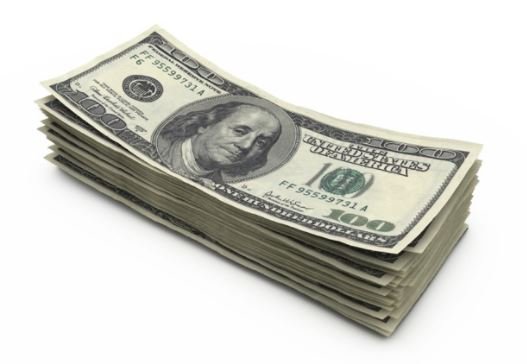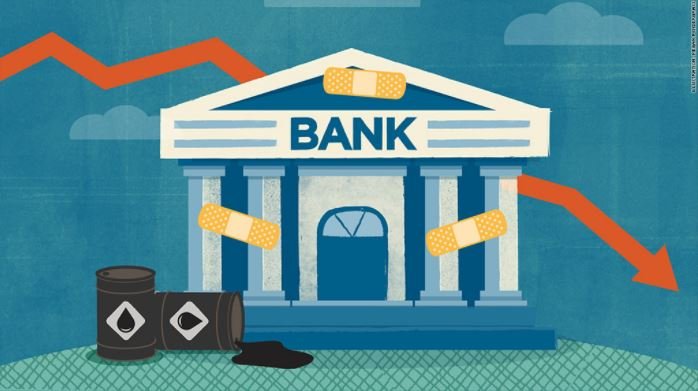
Sumerian economics was mainly based on barter, and to prevent the markets from becoming a battlefield or the rogue from making their own, rulers issued annual tables of product equivalence. Thus, any buyer could have known that one kilogram of wool - which weighs the same as one kilogram of iron - was equivalent to, for example, two litres of beer, 300 grams of copper or 2 kilograms of dates.
Thanks to many of those boards that have been preserved to this day, we know that gold was not one of the most expensive metals. There were other materials that surpassed it, such as lapis lazuli, copper, tin and, above all, silver.
The metal of the metals in the earth between the two rivers was silver. And it was so cherished that only members of royal families, governors or senior clergymen could wear silver ornaments on their clothing or wear jewelry. Another function that this metal fulfilled to perfection was the stabilizer of the economic system and means of payment (money).
Imagine a peasant who wants to buy a lamb to celebrate his daughter's wedding and heads for the market with a certain amount of barley to trade. What happens if the cattle dealer does not need barley? The solution was very easy. The peasant could go to any sacred enclosure where barley was exchanged for its silver equivalent.
Of course, with an interest rate of 3.5%. With the silver in his possession, he could already buy the lamb with the confidence that this metal would be accepted by any merchant. So, these early banks were, directly, the temples.

A curious element is that the silver given to it by the temple was presented in the form of rings of 8 grams or spirals in case of large quantities. In the absence of wallets or pockets, they could be carried comfortably on the fingers and arms. In addition, in the form of a pocket change, the rings could be divided into four parts of 2 grams each.
In Rome, as on many other occasions, what they did was to copy the Greeks who followed the bank/temple model of Sumeria. The Temple of Saturn in Rome housed the Aerarium (erarium) at the time of the Republic and during the imperial epoch the Temple of Castor and Pollux was the depository of the State treasury.
The peculiarity of the Greek and Roman banking system was that private bankers arose... in Rome they were called argentarii (from argentum, silver). Argentarii began as simple money changers (at that time Rome was the place that more "tourists" received) and in order to control counterfeits and withdraw from circulation the "deteriorated" coins (as metals such as gold or silver, many scraped the edges and were losing their weight); to later manage a business very similar to our times.
The type of operations that these bankers carried out were twofold: the depositum, simply as custodians and guardians of the money for which the argentarius did not pay interest but with which it could not "trade" either; and the creditum, for the money deposited the banker paid interest to the client and, in return, could move it to generate profits. In the "accounts" in the depositum format, the banker paid, on behalf of the client, the debts incurred by him or purchases at auctions (usually the presence of the argentarii in slave auctions), either by "internal transfer" if both had an account in the same bank or by means of a bill of exchange; in the "accounts" in creditum format, the bankers used this money to lend it to third parties and, logically In addition, the argentarii were grouped into a collegiate body in which only they decided to accept new members.
And what about the coins, those circular metallic pieces that make our pockets cheerful with their jingle? What memories of our beloved blonde... Memories and never better said, because the coin is that, I remember, memory. Let's go see him.
Our word coin derives from the mother of the Muses, Mnemósine, divinity that carries in its name the Indo-European root of memory: *mnem- present still in our memory. The Latin poet Livio Andrónico used the term Moneta to refer to the Greek Mnemósine. Moneta, therefore, is the latinization of the Greek Mnemósine.
Later, this divinity was associated with Juno, the mother of the gods and was honored under this epithet, Juno Moneta, in a temple located near Rome's mint, situated on the hill of the Capitol, where the church of Santa Maria in Aracoeli is now located. Because of the proximity between Rome's mint, where the coins were officially minted, and the temple of Juno Moneta (the one you remember), the product of the factory was identified with the place.
And if the vile Sumerian metal was silver, today the vile metal has become plastic... that of cards. Except for some of us who pest them and swear to never use them, the rest of us mortals carry in our wallets at least one plastic card that makes life easier or more difficult, depending on how conscious or unconscious you are. In the 21st century, there is an ATM that, in addition to the internationally recognized languages, offers Latin as an alternative for communication with the ATM. And logically, he's in the Vatican. Among its various alternatives, it offers us:
Deducted ex pecunia (deducted money) Rationum aexequatio (to know the balance) Negotium argentarium (account movements) Retrahe scidulam deposita (removal of card)...
Nice story , really enjoy your content . Keep up the good work !
Good day @historychannel I appreciate all the info and hard work thank you :) Love it. Followed
Nice post! When you understand where the money comes, you realize how the world is a big conspirancy.